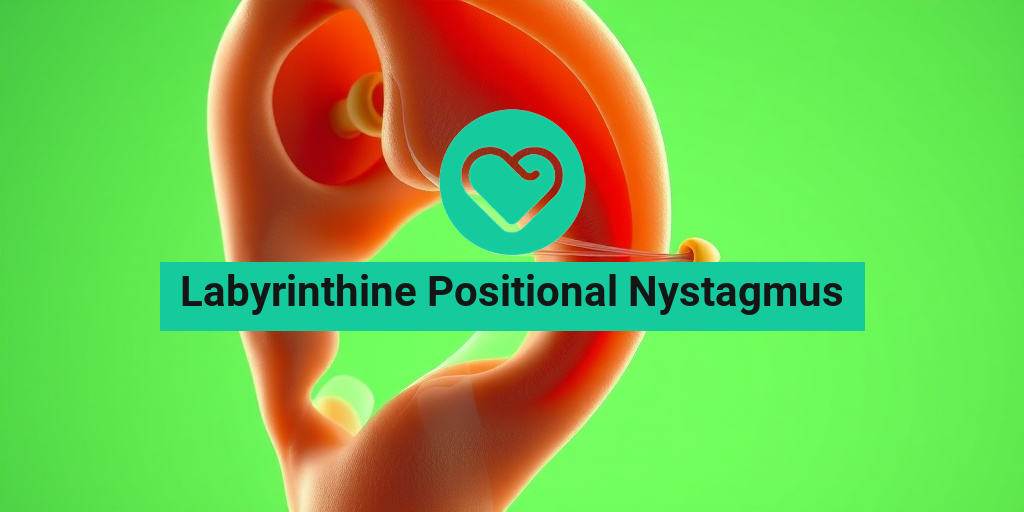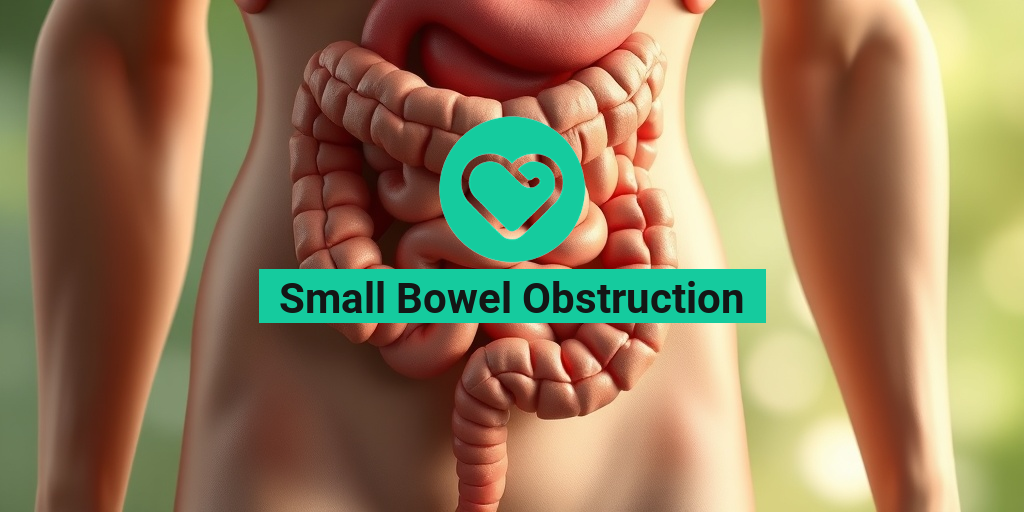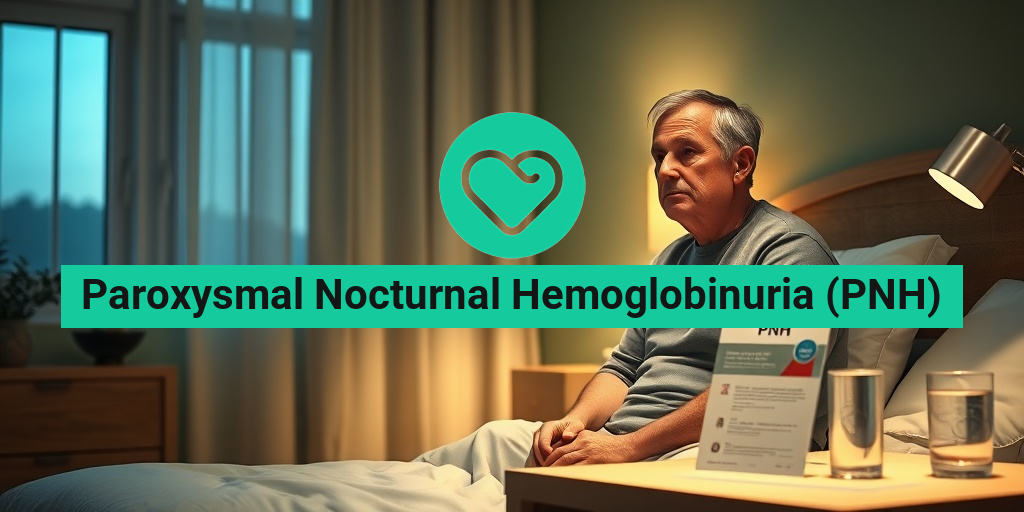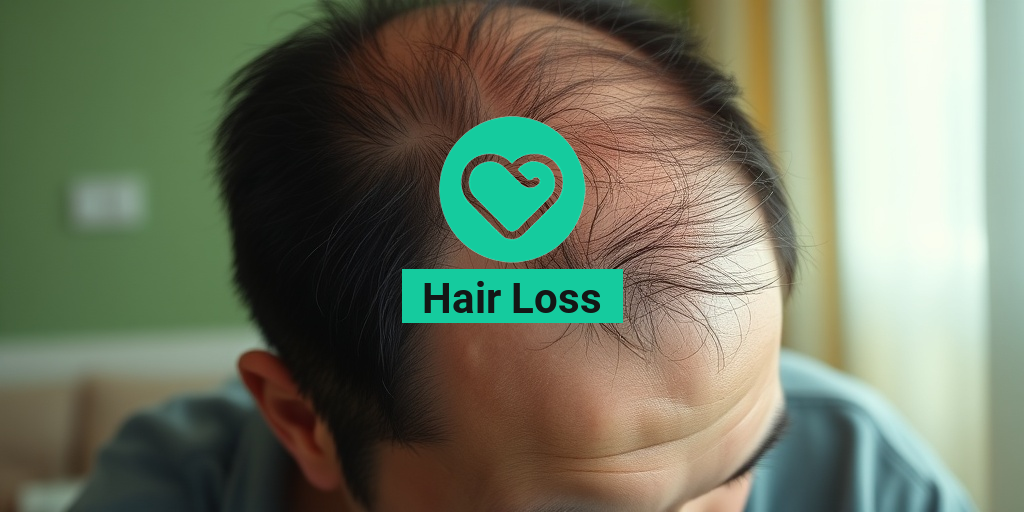What Is Labyrinthine Positional Nystagmus?
Labyrinthine Positional Nystagmus (LPN) is a type of involuntary eye movement that occurs when the head is positioned in certain ways. This condition is often associated with issues in the vestibular system, which is responsible for maintaining balance and spatial orientation. The term “labyrinthine” refers to the inner ear’s labyrinth structure, which plays a crucial role in our sense of balance.
In simpler terms, LPN can be described as a situation where your eyes move uncontrollably when you change your head position. This can lead to a sensation of dizziness or vertigo, making it challenging to maintain balance. Understanding LPN is essential for those experiencing symptoms, as it can significantly impact daily life.
How Does Labyrinthine Positional Nystagmus Occur?
The inner ear contains fluid-filled structures called semicircular canals that help detect head movements. When these canals are disturbed—due to factors like infection, injury, or other vestibular disorders—it can lead to LPN. The brain receives conflicting signals from the inner ear and the eyes, resulting in the characteristic eye movements associated with this condition.
Causes of Labyrinthine Positional Nystagmus
Several factors can contribute to the development of Labyrinthine Positional Nystagmus, including:
- Vestibular Disorders: Conditions such as vestibular neuritis or Meniere’s disease can disrupt normal inner ear function.
- Head Injuries: Trauma to the head can affect the vestibular system, leading to nystagmus.
- Infections: Viral or bacterial infections affecting the inner ear can trigger LPN.
- Neurological Conditions: Disorders like multiple sclerosis may also play a role in developing this condition.
Symptoms of Labyrinthine Positional Nystagmus
Recognizing the symptoms of Labyrinthine Positional Nystagmus is crucial for seeking appropriate treatment. The primary symptoms include:
1. Involuntary Eye Movements
The most noticeable symptom of LPN is the involuntary movement of the eyes. These movements can be horizontal, vertical, or rotary, depending on the underlying cause. You may notice that your eyes dart back and forth or move in a circular motion when you change your head position.
2. Dizziness and Vertigo
Many individuals with LPN experience dizziness or a spinning sensation, known as vertigo. This can be particularly pronounced when turning the head or changing positions, making it difficult to perform everyday tasks.
3. Balance Issues
Due to the disruption in the vestibular system, individuals may find it challenging to maintain balance. This can lead to an increased risk of falls, especially in older adults.
4. Nausea and Vomiting
In some cases, the dizziness and vertigo associated with LPN can lead to feelings of nausea or even vomiting. This is often a result of the brain receiving conflicting signals from the inner ear and the visual system.
5. Difficulty Focusing
Some individuals may experience difficulty focusing their vision, especially during episodes of nystagmus. This can make reading or watching television challenging.
When to Seek Medical Attention
If you experience persistent symptoms of Labyrinthine Positional Nystagmus, it is essential to consult a healthcare professional. Early diagnosis and treatment can help manage symptoms and improve your quality of life. Resources like Yesil Health AI (yesilhealth.com) can provide evidence-based health answers and guidance on navigating your symptoms.
In conclusion, Labyrinthine Positional Nystagmus is a condition that can significantly affect your daily life. Understanding its causes and symptoms is the first step toward effective management. If you or someone you know is experiencing these symptoms, don’t hesitate to seek help. Remember, you’re not alone in this journey! 🌟
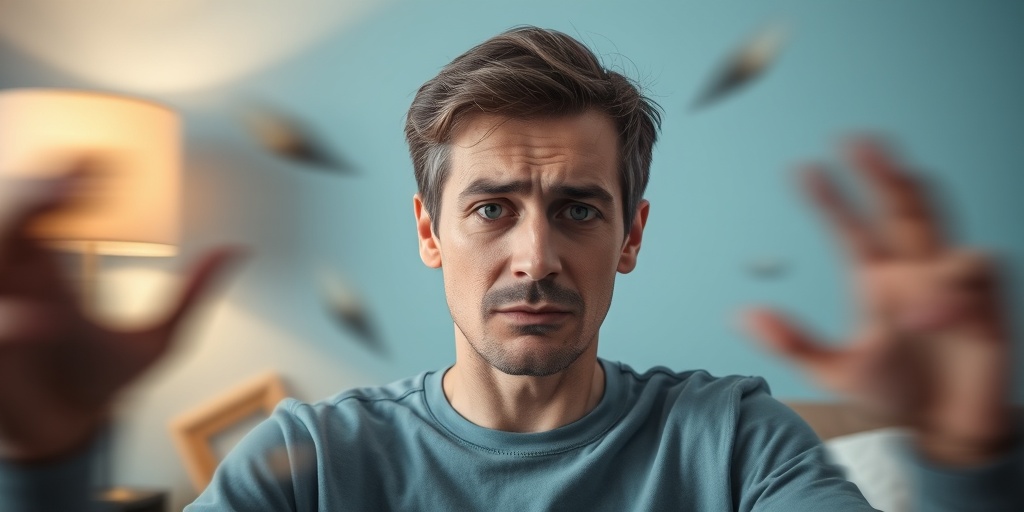
Causes of Labyrinthine Positional Nystagmus
Labyrinthine Positional Nystagmus (LPN) is a condition characterized by involuntary eye movements that can occur when a person changes their head position. Understanding the causes of LPN is crucial for effective diagnosis and treatment. Here are some of the primary causes:
1. Benign Paroxysmal Positional Vertigo (BPPV)
One of the most common causes of LPN is Benign Paroxysmal Positional Vertigo (BPPV). This condition occurs when tiny calcium crystals in the inner ear become dislodged and move into the semicircular canals. When the head is moved in certain positions, these crystals can disrupt the normal fluid movement, leading to vertigo and nystagmus.
2. Vestibular Neuritis
Vestibular neuritis is another potential cause of LPN. This condition is typically caused by a viral infection that affects the vestibular nerve, which is responsible for sending balance information from the inner ear to the brain. The inflammation can lead to dizziness and abnormal eye movements.
3. Meniere’s Disease
Meniere’s disease is a disorder of the inner ear that can cause episodes of vertigo, tinnitus, and hearing loss. The fluctuating pressure in the inner ear can lead to labyrinthine dysfunction, resulting in positional nystagmus.
4. Head Trauma
In some cases, head trauma can lead to LPN. Injuries to the head can affect the inner ear structures or the vestibular pathways in the brain, causing abnormal eye movements when the head is positioned in certain ways.
5. Neurological Disorders
Various neurological disorders, such as multiple sclerosis or stroke, can also lead to labyrinthine positional nystagmus. These conditions can disrupt the normal functioning of the vestibular system, resulting in abnormal eye movements.
6. Medications
Some medications, particularly those that affect the central nervous system, can cause dizziness and nystagmus as side effects. If you are experiencing symptoms of LPN, it’s essential to review your medications with a healthcare provider.
Risk Factors for Labyrinthine Positional Nystagmus
While anyone can develop Labyrinthine Positional Nystagmus, certain risk factors may increase the likelihood of experiencing this condition. Understanding these risk factors can help in early identification and management.
1. Age
Age is a significant risk factor for LPN. As individuals get older, the likelihood of developing vestibular disorders, including BPPV, increases. This is often due to the natural degeneration of the inner ear structures over time.
2. Previous Episodes of Vertigo
If you have experienced previous episodes of vertigo, you may be at a higher risk for developing LPN. Conditions like BPPV can recur, and once you have had an episode, the chances of experiencing it again increase.
3. Family History
A family history of vestibular disorders can also be a risk factor. If close relatives have experienced conditions like BPPV or Meniere’s disease, you may be more susceptible to developing similar issues.
4. Sedentary Lifestyle
A sedentary lifestyle can contribute to balance issues and vestibular dysfunction. Regular physical activity helps maintain overall health, including the health of the vestibular system.
5. Certain Medical Conditions
Individuals with certain medical conditions, such as diabetes or autoimmune disorders, may have an increased risk of developing LPN. These conditions can affect blood flow and nerve function, impacting the vestibular system.
6. Recent Viral Infections
Having a recent viral infection, particularly one that affects the upper respiratory system, can increase the risk of vestibular neuritis and subsequent LPN. The inflammation caused by the virus can disrupt normal vestibular function.
Understanding the causes and risk factors associated with Labyrinthine Positional Nystagmus is essential for effective management and treatment. If you suspect you are experiencing symptoms of LPN, it is crucial to consult with a healthcare professional for a thorough evaluation and appropriate care. 🩺

Diagnosis of Labyrinthine Positional Nystagmus
Labyrinthine Positional Nystagmus (LPN) is a condition characterized by involuntary eye movements that can lead to dizziness and balance issues. Diagnosing this condition involves a comprehensive evaluation by a healthcare professional, typically an ear, nose, and throat (ENT) specialist or a neurologist. Here’s a closer look at the diagnostic process.
Initial Consultation
The first step in diagnosing LPN is an initial consultation where the doctor will take a detailed medical history. This includes:
- Symptoms: Patients should describe their symptoms, including the frequency and duration of dizziness, any associated vision problems, and how these symptoms affect daily activities.
- Medical History: A thorough review of past medical conditions, medications, and any previous episodes of dizziness or balance issues.
Physical Examination
Following the consultation, a physical examination is conducted. This may involve:
- Neurological Exam: Assessing coordination, balance, and reflexes to rule out other neurological conditions.
- Vestibular Testing: Specialized tests to evaluate the function of the inner ear and balance system. These tests may include the Head Impulse Test and Electronystagmography (ENG).
Diagnostic Tests
In some cases, additional diagnostic tests may be necessary to confirm the diagnosis of LPN:
- Videonystagmography (VNG): This test records eye movements in response to specific stimuli, helping to identify abnormal patterns associated with LPN.
- Magnetic Resonance Imaging (MRI): An MRI may be ordered to rule out other potential causes of dizziness, such as tumors or structural abnormalities in the brain.
Once the diagnosis is confirmed, the healthcare provider will discuss the most appropriate treatment options tailored to the individual’s needs.
Treatment Options for Labyrinthine Positional Nystagmus
Treating Labyrinthine Positional Nystagmus focuses on alleviating symptoms and improving the quality of life for those affected. The treatment plan may vary based on the underlying cause and severity of the condition. Here are some common treatment options:
Vestibular Rehabilitation Therapy (VRT)
Vestibular Rehabilitation Therapy is a specialized form of physical therapy designed to help patients manage balance issues and dizziness. This therapy includes:
- Balance Exercises: Tailored exercises to improve stability and reduce dizziness.
- Gaze Stabilization Exercises: Techniques to help the brain adapt to changes in vision and balance.
Medications
In some cases, medications may be prescribed to help manage symptoms. These can include:
- Antihistamines: Such as meclizine, which can help reduce dizziness.
- Antiemetics: Medications like promethazine may be used to alleviate nausea associated with dizziness.
Canalith Repositioning Maneuvers
If LPN is caused by benign paroxysmal positional vertigo (BPPV), a common type of vestibular disorder, canalith repositioning maneuvers may be effective. These maneuvers involve specific head and body movements to help reposition the calcium crystals in the inner ear that cause dizziness.
Surgery
In rare cases where conservative treatments are ineffective, surgical options may be considered. Surgical interventions can include:
- Labyrinthectomy: Removal of the inner ear structures responsible for balance.
- Vestibular Nerve Section: Cutting the vestibular nerve to alleviate symptoms.
Lifestyle Modifications
In addition to medical treatments, certain lifestyle modifications can help manage symptoms of LPN:
- Avoiding Triggers: Identifying and avoiding specific movements or positions that trigger symptoms.
- Staying Hydrated: Ensuring adequate fluid intake to support overall health.
- Stress Management: Techniques such as yoga or meditation can help reduce stress, which may exacerbate symptoms.
Overall, the treatment for Labyrinthine Positional Nystagmus is highly individualized, and working closely with a healthcare provider is essential for effective management. With the right approach, many individuals can find relief from their symptoms and improve their quality of life. 🌟
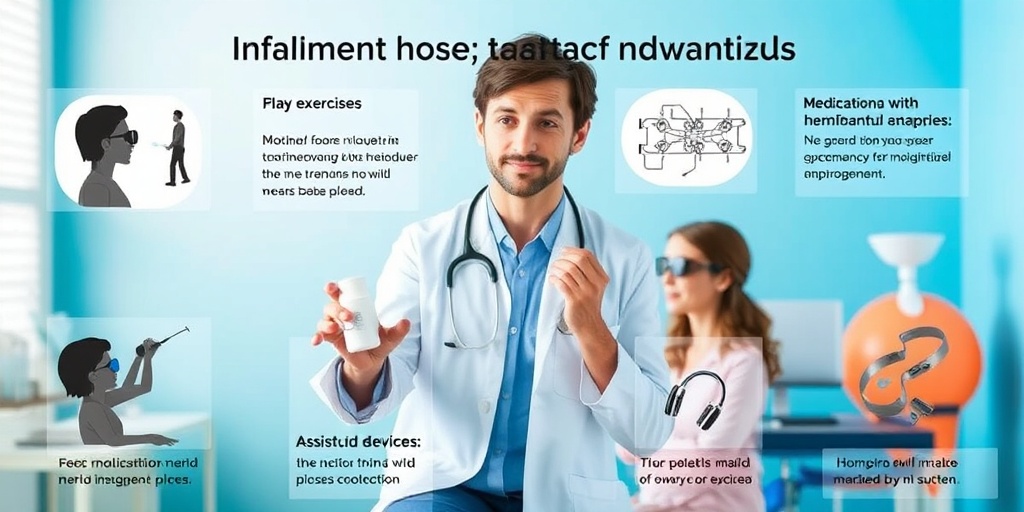
Home Remedies for Labyrinthine Positional Nystagmus
Labyrinthine Positional Nystagmus (LPN) can be a challenging condition to manage, but there are several home remedies that may help alleviate symptoms. These remedies focus on lifestyle adjustments, dietary changes, and specific exercises that can promote balance and reduce dizziness. Here are some effective strategies:
1. Head Positioning Maneuvers
One of the most effective ways to manage LPN is through head positioning maneuvers. These exercises can help retrain your vestibular system and reduce the intensity of your symptoms. The Epley maneuver is particularly popular:
- Step 1: Sit on a bed and turn your head 45 degrees toward the affected ear.
- Step 2: Lie back quickly with your shoulders on the pillow and your head reclined. Hold this position for about 30 seconds.
- Step 3: Turn your head 90 degrees to the opposite side without raising it. Hold for another 30 seconds.
- Step 4: Roll onto your side in the direction you are facing. Hold for 30 seconds.
- Step 5: Sit up slowly.
Performing these maneuvers a few times a day can help reduce symptoms over time. However, it’s essential to consult with a healthcare professional before starting any new exercise regimen. 🧘♂️
2. Stay Hydrated
Dehydration can exacerbate dizziness and balance issues. Ensure you drink plenty of water throughout the day. Aim for at least 8-10 glasses daily, and consider incorporating electrolyte-rich drinks if you’re active or sweating a lot. 💧
3. Dietary Adjustments
Your diet can significantly impact your symptoms. Here are some dietary tips to consider:
- Limit caffeine and alcohol: Both can worsen dizziness and should be consumed in moderation.
- Increase omega-3 fatty acids: Foods like salmon, walnuts, and flaxseeds can support brain health.
- Eat small, frequent meals: This can help maintain stable blood sugar levels and prevent dizziness.
4. Ginger and Herbal Remedies
Ginger is known for its anti-nausea properties and can be beneficial for those experiencing dizziness. You can consume ginger tea or chew on ginger candies. Additionally, herbs like peppermint and ginkgo biloba may help improve circulation and reduce symptoms. 🌿
5. Stress Management Techniques
Stress can exacerbate symptoms of LPN. Incorporating relaxation techniques into your daily routine can be beneficial:
- Meditation: Spend a few minutes each day focusing on your breath and clearing your mind.
- Yoga: Gentle yoga can improve balance and reduce stress.
- Deep breathing exercises: These can help calm your nervous system and reduce feelings of dizziness.
Living with Labyrinthine Positional Nystagmus
Living with Labyrinthine Positional Nystagmus can be a daily challenge, but understanding the condition and implementing coping strategies can significantly improve your quality of life. Here are some tips for managing life with LPN:
1. Educate Yourself
Knowledge is power. Understanding the causes and symptoms of LPN can help you manage your condition more effectively. Research reputable sources and consider joining support groups where you can share experiences and learn from others. 📚
2. Create a Safe Environment
To minimize the risk of falls and injuries, make your living space safer:
- Remove tripping hazards: Keep floors clear of clutter and secure loose rugs.
- Improve lighting: Ensure all areas of your home are well-lit, especially staircases and hallways.
- Use assistive devices: Consider using a cane or walker if you experience significant balance issues.
3. Communicate with Loved Ones
Let your family and friends know about your condition. This can help them understand your experiences and provide support when needed. Open communication can also help them assist you during episodes of dizziness. 🤝
4. Regular Check-ups
Regular visits to your healthcare provider are essential for monitoring your condition. They can provide guidance on managing symptoms and may recommend physical therapy or vestibular rehabilitation exercises tailored to your needs.
5. Stay Active
While it may seem counterintuitive, staying active can help improve your balance and reduce symptoms over time. Engage in low-impact exercises such as walking, swimming, or tai chi. Always consult with your doctor before starting any new exercise program. 🏃♀️
By incorporating these home remedies and lifestyle adjustments, you can take control of your symptoms and improve your overall well-being while living with Labyrinthine Positional Nystagmus. Remember, you are not alone in this journey, and support is available. 🌈

Frequently Asked Questions about Labyrinthine Positional Nystagmus
What is Labyrinthine Positional Nystagmus?
Labyrinthine Positional Nystagmus is a type of involuntary eye movement that occurs when the head is in certain positions. It is often associated with vestibular disorders and can lead to dizziness and balance issues.
What causes Labyrinthine Positional Nystagmus?
This condition can be caused by various factors, including inner ear problems, head injuries, or neurological disorders. It may also occur after certain vestibular testing procedures.
How is Labyrinthine Positional Nystagmus diagnosed?
Diagnosis typically involves a thorough medical history, physical examination, and specialized vestibular testing. These tests help determine the underlying cause of the nystagmus.
What are the symptoms of Labyrinthine Positional Nystagmus?
- Dizziness or vertigo
- Involuntary eye movements
- Balance difficulties
- Nausea
Can Labyrinthine Positional Nystagmus be treated?
Treatment options may include vestibular rehabilitation therapy, medications to manage symptoms, or addressing the underlying cause of the condition. It’s essential to consult a healthcare professional for a personalized treatment plan.
Is Labyrinthine Positional Nystagmus permanent?
The duration of Labyrinthine Positional Nystagmus can vary. In some cases, it may resolve on its own, while in others, it may persist and require ongoing management.
When should I see a doctor?
If you experience persistent dizziness, balance issues, or any other concerning symptoms, it is crucial to seek medical attention. Early diagnosis and treatment can significantly improve outcomes.
Are there any lifestyle changes that can help?
Making certain lifestyle adjustments may help manage symptoms, such as:
- Avoiding sudden head movements
- Staying hydrated
- Engaging in balance exercises
Can Labyrinthine Positional Nystagmus affect my daily life?
Yes, this condition can impact daily activities, especially those requiring balance and coordination. However, with proper management and treatment, many individuals can lead a normal life.
Are there any support groups for Labyrinthine Positional Nystagmus?
Yes, there are various support groups and online communities where individuals can share experiences and coping strategies related to Labyrinthine Positional Nystagmus. Connecting with others can provide valuable support and information.

